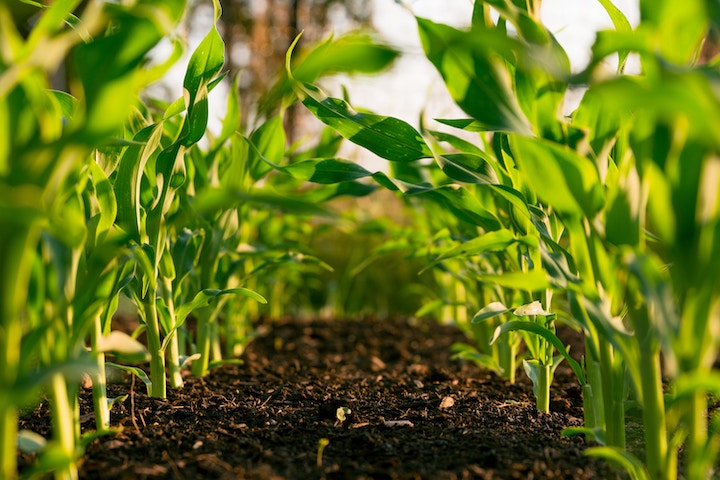WASHINGTON – As artificial intelligence spreads into agriculture, senators stressed that all farms need broadband access in order to take advantage of all the ways AI can boost production.
“I can’t allow the opportunity to pass without reminding everyone that this technology cannot work on farms if we don’t continue the reach of broadband and high speed internet to every rural community; the very best quality possible,” said Sen. Debbie Stabenow, D-Mich., the Senate Agriculture committee chair, in her opening remarks which she said were partially generated by AI.
At Tuesday’s hearing on agricultural innovation and AI, members of the Senate and experts worried that without rural broadband, farmers may not be able to reap the benefits of new AI technologies, including enhanced crop inspection and autonomous farming.
Since the Biden administration’s Bipartisan Infrastructure Law, the federal government has been funneling money towards this problem. Last month, the Federal Communications Commission joined in with its own 15-year plan, which authorized more than $18 billion for rural broadband expansion starting in 2024 to bring high-quality, reliable internet to rural areas.
The Department of Agriculture released a study this summer that found 85% of farms had internet access, but only half of those paired it with broadband connection, which is what transmits data over high-speed internet and is used for many AI applications.
As artificial intelligence spreads into agriculture, senators stressed that all farms need broadband access in order to take advantage of all the ways AI can boost production.
“There was a commitment made that everyone was going to get connected, all of it was going to happen. . . Well, what about someone that lives down a long, dirt road? What if it is too expensive to connect them? I thought that was the idea of the bill,” said Sen. Ben Ray Luján, D-N.M.
He urged the room to find ways to live up to the bi-partisan bill’s promise, and get “simple” broadband connection to these areas.
Witnesses stressed that AI can enhance precision agriculture, a strategy where farmers observe crops for any variation or abnormalities and respond to it accordingly. This could be anything from weed or pest identification to instantaneous troubleshooting.
For instance, researchers can use photographs of different crops to teach artificial intelligence to differentiate plants, said Mason Earles, who leads an institute funded by the Department of Agriculture. Once the machine learns to identify carrots from nightshade vines, a poisonous weed, it can be used to automatically detect the weed with camera surveillance, before farmers have to make the trek to their crops. This reduces the need for workers to survey rows of crops.
Earles said even though a growing number of college students are graduating with engineering and software degrees, few of them are entering agriculture.
He asked the Senate to continue pushing for the funding of research institutions like the Department of Agriculture to incentivize more young people with engineering degrees to go into agriculture, and get new technology out of it.
“I believe that this is how we will accelerate more research innovation and industry collaboration and create a wider funnel for motivating more computer science and engineering students to solve big challenges in the agricultural sector,” said Earles, who also worked in data science at Apple and specialized in plant physiology.
Using more AI in agriculture is also a matter of national security, according to Dr. Jose-Marie Griffiths, a member of the National Science Board who often advises the Senate Commerce committee. Food security for Americans is a start, but so is competing with foreign nations, she says.
“The United States has a lead in artificial intelligence. . . Some other countries are very interested in this, some because they want to use it for good, others because they don't wish us well, and I do think that the United States needs to stay in a lead role,” said Griffiths.
To her, agriculture is a critical infrastructure, and she thinks it is important to bring the agricultural sector into the world of artificial intelligence very quickly.
“I do think it is important to maintain that research edge. It is what, I believe, has kept the United States in the lead for many, many decades.”

